For my gluten free Berries Kuih Sago (Tapioca Pearls Cake) recipe. Likewise, I am using fresh berries juice from a combination of strawberries, blueberries and raspberries. Using berries is a much healthier option than adding food colourings. My Berries Kuih Sago (Tapioca Pearls Cake) recipe is not only gluten free. But also vegan, low carb, soy free, nut free, corn free and egg free, and has no artificial colours.
Kuih Sago (Tapioca Pearls Cake) is a common Malaysian Nonya kuih. Nonya (Peranakan) cuisine is the fusion of Chinese and Malay cuisines. As a result of intermarriages between the Chinese and Malays. The main ingredient is sago or tapioca pearls with sugar and colouring added. Then they boil these sago or tapioca pearls until they are translucent, cooled in a baking tray. Once completely cooled, they then cut the kuih sago into preferred pieces. And they coat the kuih sago in lightly salted grated or shredded coconut. Followed by serving kuih sago at room temperature or preferably served chilled.
You may also like my other gluten free Nonya kuih recipes:
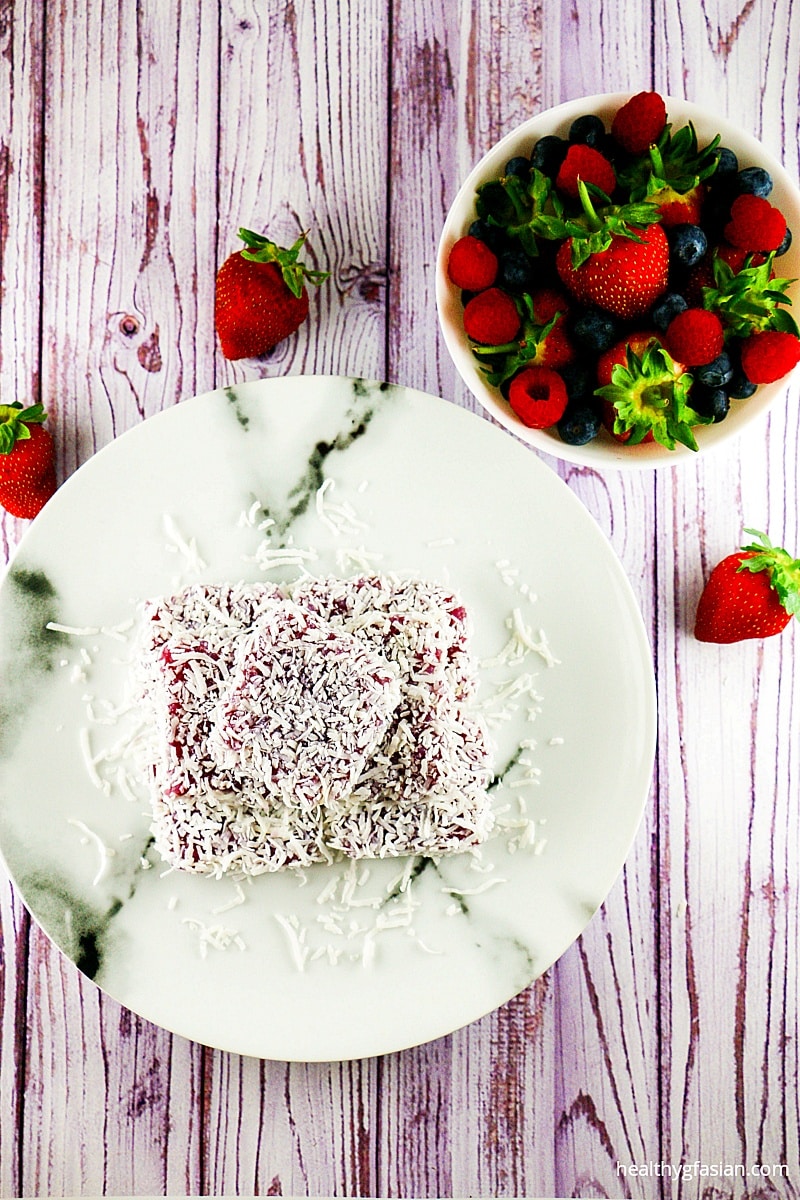
What is Sago or Tapioca Pearls?
They commonly refer to sago or sago pearls as tapioca pearls. Besides, they make sago or tapioca pearls from tapioca or cassava roots. Eventhough, they are normally white in colour and opaque. Likewise, they become translucent when steamed or boiled. Moreover, they often use both the terms sago and tapioca pearls interchangeably in Southeast Asia. Moreover, they use small pearls as regular ingredients in Asian desserts like kuih, sago soup and puddings. While they normally add large pearls either white or black, to sweet drinks. Specifically, they add sago or tapioca pearls to popular bubble tea and fruity drinks. Whereas, they frequently add black sago pearls to black and green tea drinks. Thereby giving the drinks a chewy texture. Today, sago or tapioca pearls also come many different colours. Either in pink, green, purple or other extensive assortments of colours, usually with food colouring added.
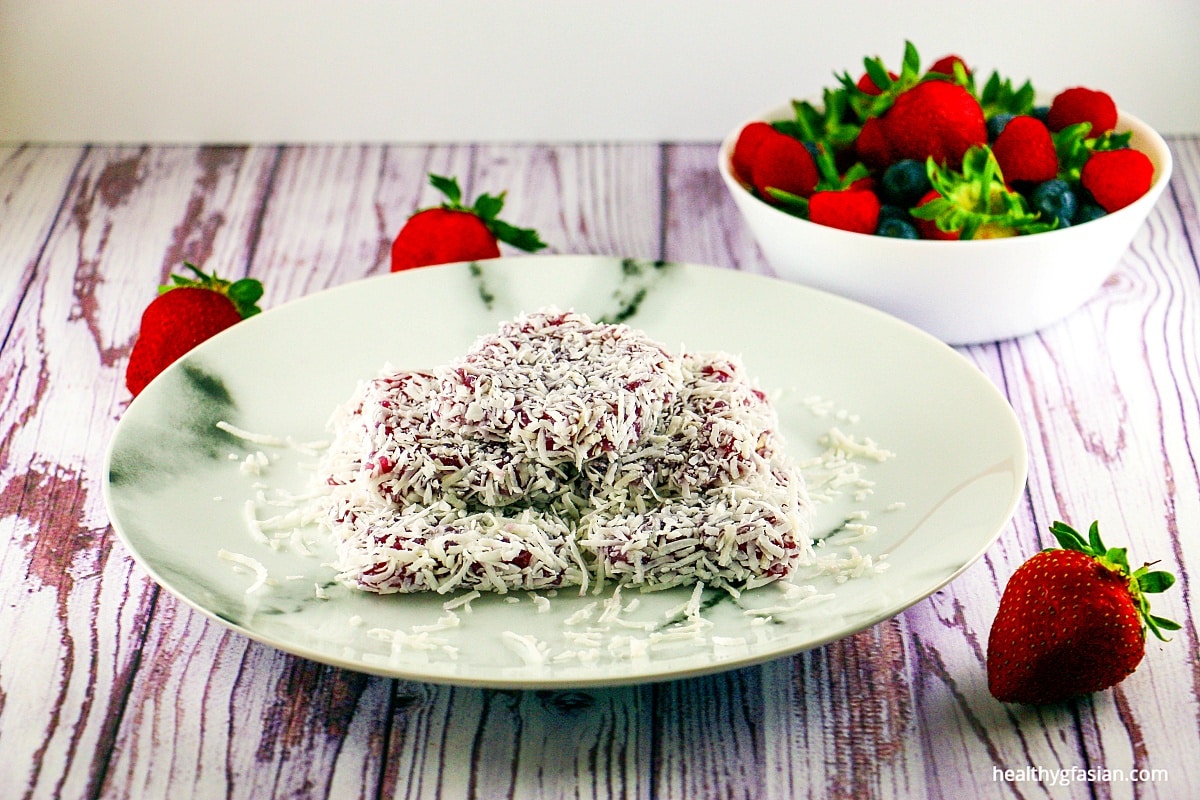
Nutritional Values of Berries
Strawberries are made up mainly of water (>90%) and have very high fiber content. Besides, they are an excellent source of vitamin C and vitamin K and flavonoids (anthocyanidins). In addition, they also contain some calcium, magnesium, potassium and phosphorus.
Nonetheless, blueberries are one of the few naturally blue colour foods. They have powerful antioxidants from a plant compound called flavonoid (anthocyanidins). Besides, blueberries are not only high in fiber but also contain minerals like iron, phosphorous, calcium, manganese, magnesium and zinc. They are a good source of potassium, vitamin B9 (folate), vitamin C, vitamin B6 (pyridoxine) and vitamin K.
Whereas, raspberries contain more than 85 percent water and are also very high in fiber. Moreover, they contain calcium, magnesium, potassium and phosphorous. As well as vitamin C, vitamin K and vitamin B group comprising of vitamin B9 (folate) and vitamin B3 (niacin).
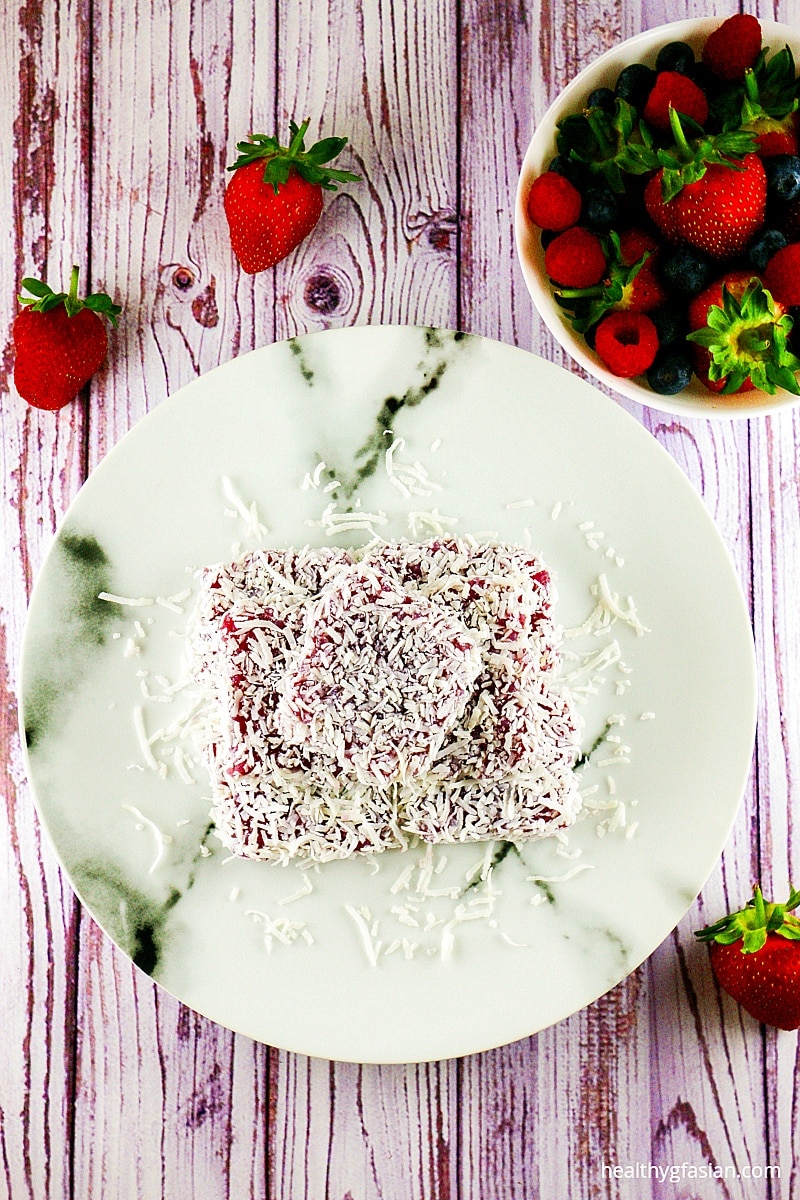
Health Benefits of Berries
Overall, the health benefits of berries may include:
- Assist with weight loss;
- Lower cholesterol level;
- Aid in maintaining healthy hair and skin;
- Support healthy teeth and bones;
- Lower blood pressure;
- Decrease risks of cardiovascular disease;
- Reduce risks of mental disorders;
- Assist with symptoms of arthritis;
- Prevent aging related memory loss like dementia and Alzheimer’s disease;
- Reduce risks of Parkinson’s disease;
- Support healthy eyesight and reduce risk or macular degeneration;
- Lessen risk of cancerous growth; and
- Fight urinary tract infection (particularly blueberries).
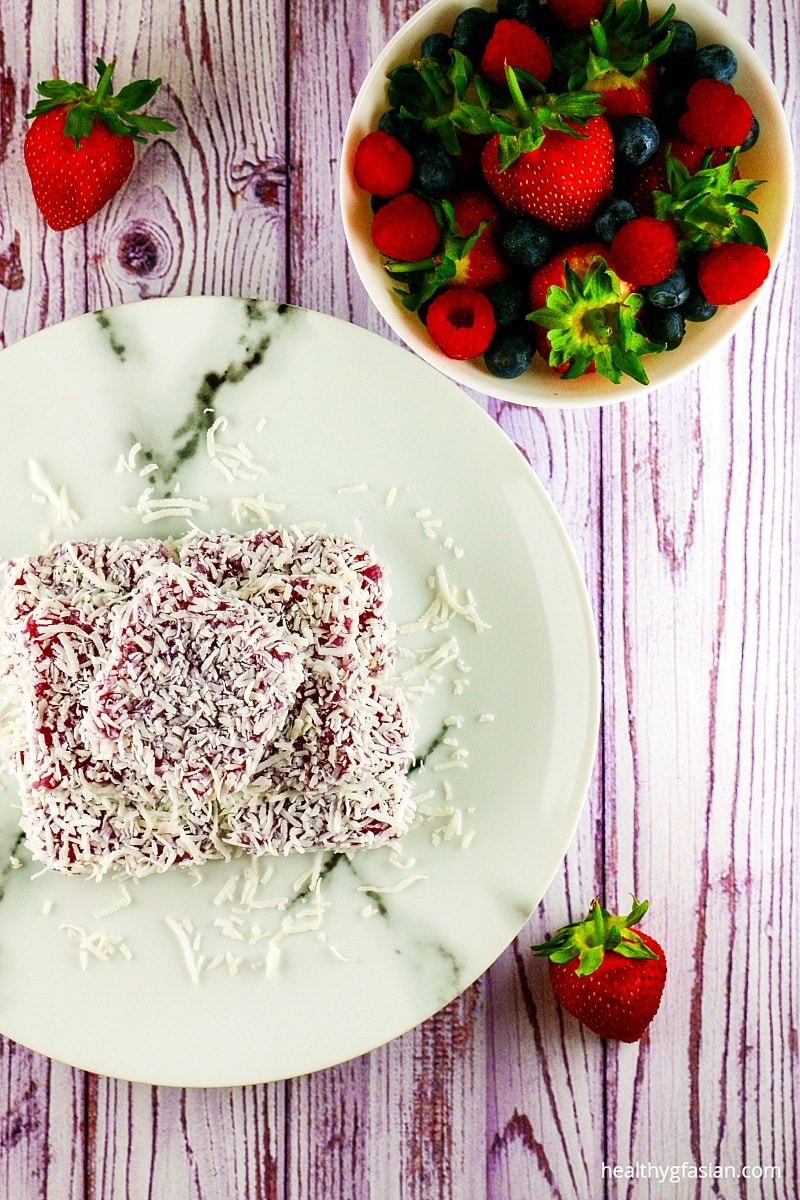
Berries Kuih Sago (Tapioca pearls cake)
Ingredients
- 250 g sago pearls small (also called tapioca pearls), soaked for 15 mins and drain well
- 1 litre water
- 80 g caster sugar
- 3 tablespoons tapioca starch mixed with ⅓ cup (90ml) water
- 1 teaspoon rosewater essence
- 1 teaspoon strawberry essence
For the Berries Juice (500ml or 2.11 US Cups):
- 250 ml water
- 250 g strawberries
- 150 g blueberries
- 150 g raspberries
For the Coating:
- 2 cups shredded coconut
- ¼ teaspoon salt
Instructions
For preparing the berries juice:
- Add all the strawberries, blueberries, raspberries and water, into a Nutribullet or a food processor and blend until you get a smooth juice. You will need around 2 cups (500ml or 2.11 US Cups) of berries juice. Set aside.
For preparing the coating:
- Mix all the shredded coconut and the salt together in a medium bowl. Set aside.
For the kuih sago:
- In a non-stick frying pan, bring the 1 litre water to a boil. Add in sugar and boil until the sugar has dissolved completely.
- Then add in all the drained sago, bring to a boil again and turn the heat to low to medium heat. Stirring frequently and boil for about 20 minutes.
- Add in the tapioca flour solution, the berries juice, rosewater essence and strawberry essence and bring to a boil again. Once its boiling, turn the heat to low, stirring frequently and cook for another 20 minutes or until the sago pearls are translucent (no more white dots). You will get a thick gluey like paste.
- Turn off the heat and immediately pour into a glass baking tray or any baking tray. Kuih sago is around ½ inch in thickness.
- Use a spatula to level evenly. Set aside to cool completely.
- Once cooled, use a lightly oiled knife to cut into 2 inch square pieces and coat with the shredded coconut and serve.
- Store in an airtight container in the refrigerator. Once chilled the kuih sago will firm up further. You can serve at room temperature or it is best serve chilled.
Equipment


Notes
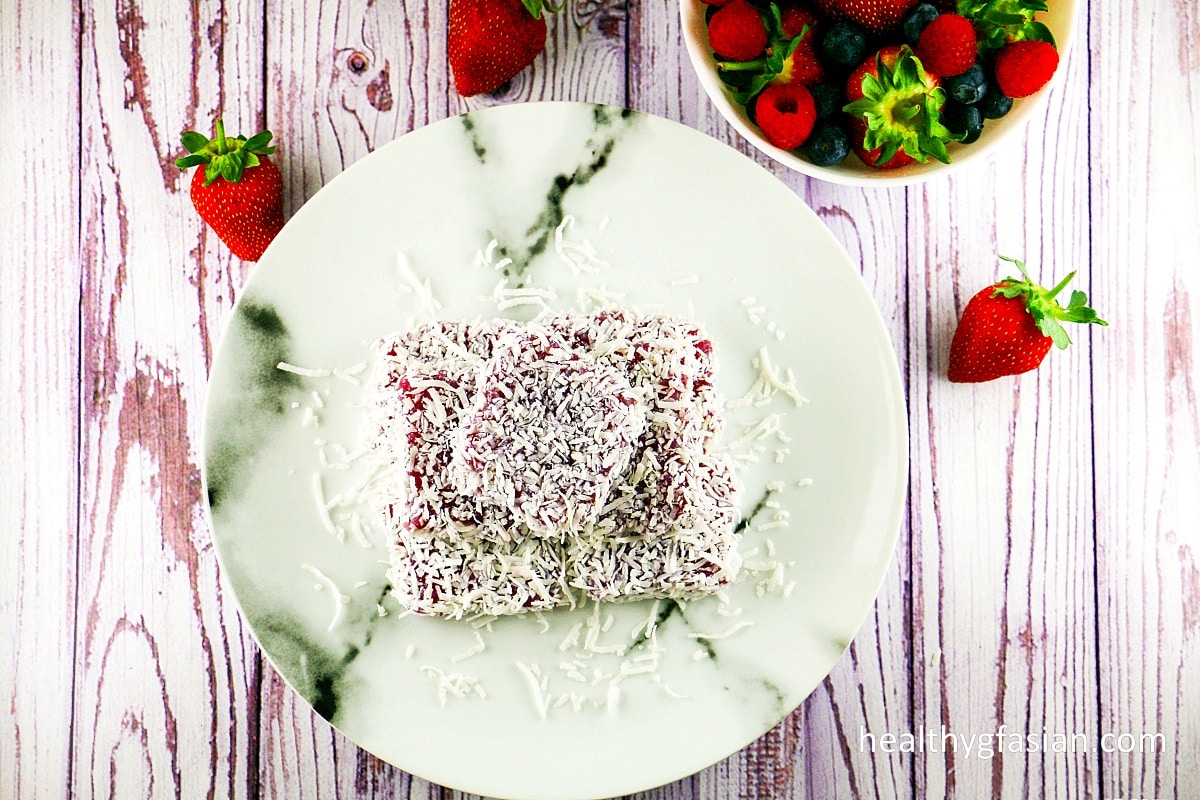

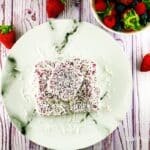





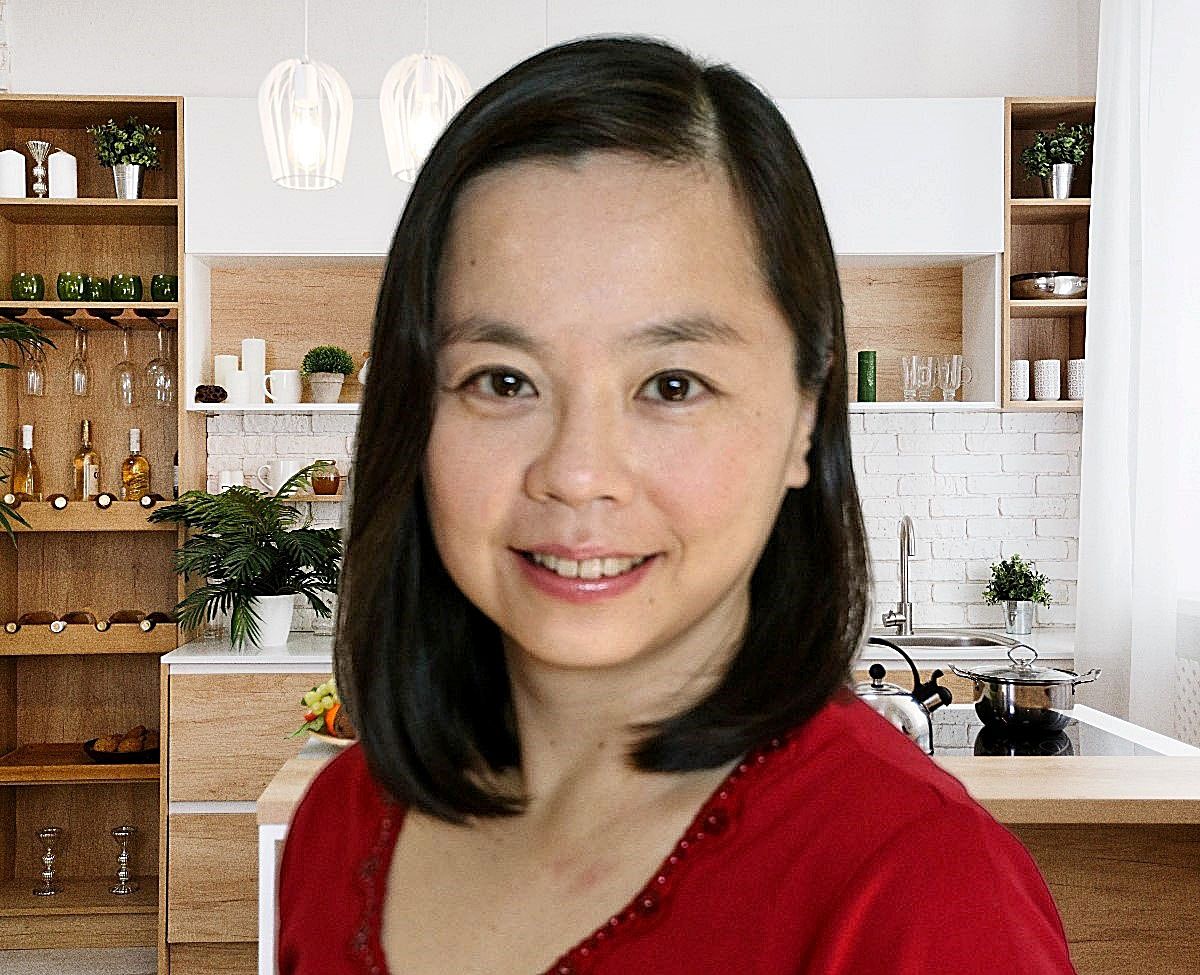
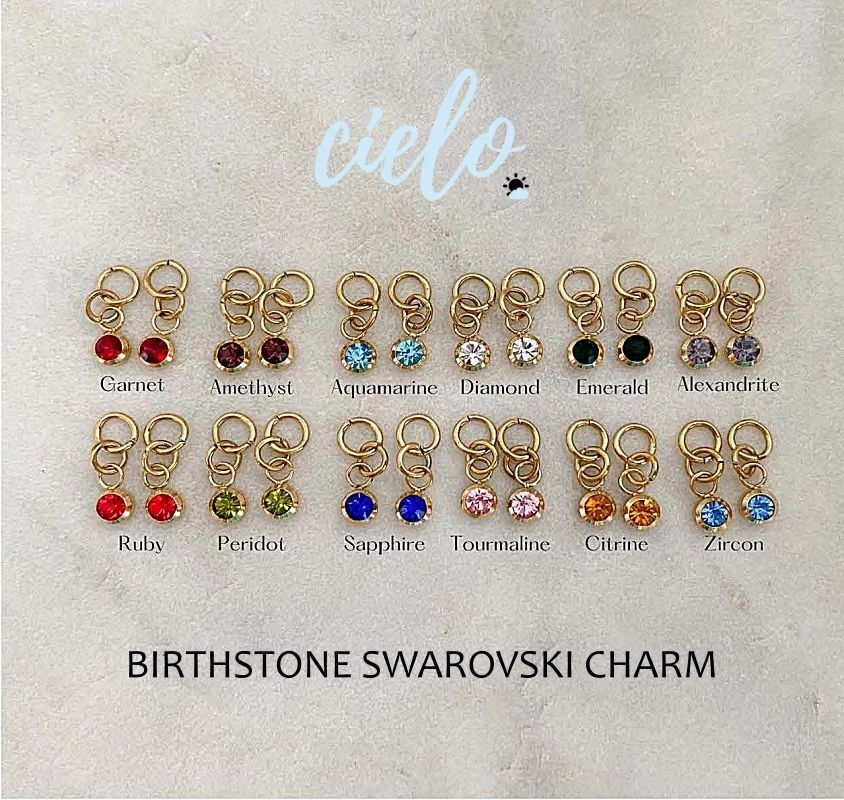

I’ve had pearl milk tea (matcha flavour) but I have never considered it for baking. This intriguing cake looks and sounds really fab!
There are many uses of tapioca pearls for delicious Asian desserts, sago cake is one of the best tasty Asian desserts. I absolutely love them.
YARM! These look amazing. I dont think I have ever cooked with tapioca pearls before, and it looks like I have been missing out. I wonder where I go to find them? Thanks for sharing, I shall report back when I try. 🙂
You can get small white sago or tapioca pearls from most Asian groceries stores. Alternatively, you can get them online from exotic groceries. Two of the products available are http://www.exoticgroceries.com.au//product_info.php?products_id=28137 and http://www.exoticgroceries.com.au//product_info.php?products_id=31261 . Would love to hear your feedback on this recipe. Hope you enjoy it. 🙂
These look lovely! I’ve never tried cooking with tapioca pearls before – I’ll have to look out for them 🙂
A lot of Asian desserts use tapioca pearls as an ingredient giving the dessert some nice and slightly chewy texture and they are very tasty indeed. 🙂
I’ve never tried anything like this before – I ought to remedy that, this recipe looks and sounds amazing!
This is one of the many Asian desserts that use tapioca pearls as an ingredient, love these tiny gems since my childhood days. Enjoy 🙂